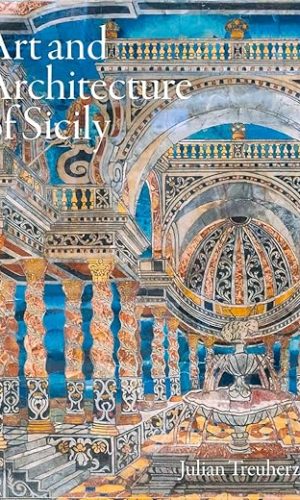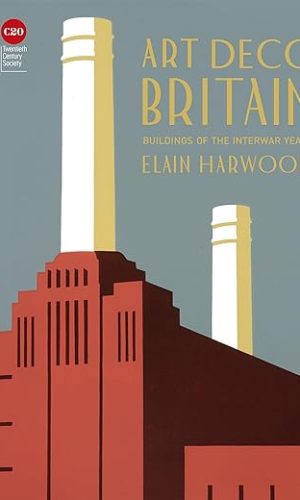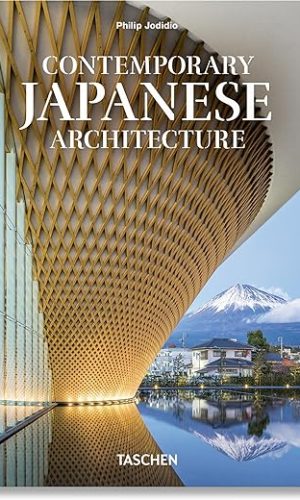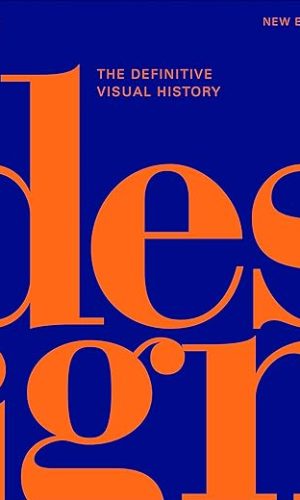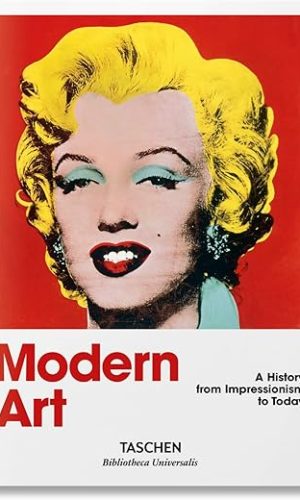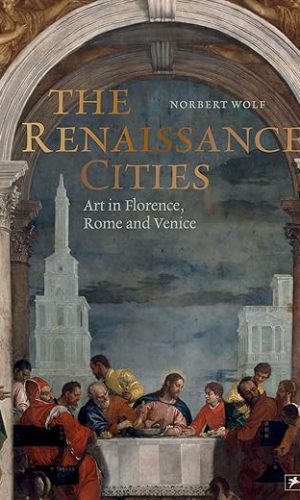History
-
A History of Venice
‘Norwich has loved and understood Venice as well as any other Englishman has ever done’ Sunday Times
‘Will become the standard English work of Venetian history’ Financial Times
___________________Renowned historian, and author of A Short History of Byzantium, John Julius Norwich’s classic history of Venice
A History of Venice tells the story of this most remarkable of cities from its founding in the fifth century, through its unrivalled status for over a thousand years as one of the world’s busiest and most powerful city states, until its fall at the hands of Napoleon in 1797. Rich in fascinating historical detail, populated by extraordinary characters and packed with a wealth of incident and intrigue, this is a brilliant testament to a great city – and a great and gripping read.
___________________‘The standard Venetian history in English’ The Times
‘Norwich has the gift of historical perspective, as well as clarity and wit. Few can tell a good story better than he’ Spectator
Read more
£5.70A History of Venice
£5.70 -
Architecture Drawing Book: 120 Drawing Sketchbook To Write Your Design, Ideas, Notes, Memories, Goals, And More. ( Architecture Tools )
This book for Architects and designers, contains 120 pieces of graph paper to write your design ideas, notes, memories, goals, and more.
Perfect for both professionals and architecture students.Features:
✔ Large format
✔ Printed on High quality paper
✔ glossy paperback coverRead more
£4.70 -
Art and Architecture of Sicily
Art and Architecture of Sicily is the first book to cover the rich artistic heritage of Sicily from prehistory up to the late 20th century. Sicily’s strategic position in the centre of the Mediterranean led to settlement or conquest by a succession of different peoples – Phoenicians, Greeks, Romans, Byzantines, Muslims, Normans, Germans, French, Spanish – each one leaving its traces on Sicilian culture.
The book provides a chronological survey, each section opening with a brief historical overview which is followed with an authoritative and engaging account of the development of the period’s art and architecture. The leading architects, artists and stylistic currents are all discussed and outstanding individual buildings and works of art are analysed, some famous, others which may be unfamiliar to readers. While architecture is the principal starting point for the understanding of each period, paintings and sculpture are treated in some detail; archaeology, urban development, patronage and decorative arts are also covered.
The development of art and architecture in Sicily not interpreted as a story of artistic conquests, but as one of acculturation and creative transformation. The author instead reveals that successive layering of different cultures, and the way each one interacted with its predecessors produced art and architecture quite distinct from anywhere else in Europe. He thus challenges the commonly held view that Sicilian art and architecture is provincial and derivative, merely imitating the art of others.
Read more
£34.95£39.95Art and Architecture of Sicily
£34.95£39.95 -
Art Deco Britain: Buildings of the interwar years
The definitive guide to Art Deco buildings in Britain.
The perennially popular style of Art Deco influenced architecture and design all over the world in the 1920s and 1930s – from elegant Parisian theatres to glamorous Manhattan skyscrapers. The style was also adopted by British architects, but, until now, there has been little that really explains the what, where and how of Art Deco buildings in Britain. In Art Deco Britain, leading architecture historian and writer Elain Harwood, brings her trademark clarity and enthusiasm to the subject as she explores Britain’s Art Deco buildings.
Art Deco Britain, published in association with the Twentieth Century Society, is the definitive guide to the architectural style in Britain. The book begins with an overview of the international Art Deco style, and how this influenced building design in Britain. The buildings covered include Houses and Flats; Churches and Public Buildings; Offices; Hotels and Public Houses; Cinemas, Theatres and Concert Halls; and many more.
The book covers some of the best-loved and some lesser-known buildings around the UK, such as the Midland Hotel in Morecambe, Eltham Palace, Broadcasting House and the Carreras Cigarette Factory in London. Beautifully produced and richly illustrated with architectural photography, this is the definitive guide to a much-loved architecture style.
Read more
£19.00£23.80Art Deco Britain: Buildings of the interwar years
£19.00£23.80 -
Contemporary Japanese Architecture
Japan’s contemporary architecture has long been among the most inventive in the world, recognized for sustainability and infinite creativity. No fewer than eight Japanese architects have won the Pritzker Prize.Since Osaka World Expo ’70 highlighted contemporary forms, Japan has been a key player in global architecture. Tadao Ando’s geometry put Japanese building on the map, bridging East and West. After his concrete buildings, figures like Kengo Kuma, Shigeru Ban, and Kazuyo Sejima pioneered a more sustainable approach. Younger generations have taken new directions, in harmony with nature, traditional building, and an endless search for forms.Presenting the latest in Japanese building, this book links this unique creativity to Japan’s high population density, modern economy, long history, and continual disasters in the form of earthquakes. Accepting ambiguity, constant change, and catastrophe is a key to understanding how Japanese architecture differs from that of Europe or America.Derived from the XL-sized book, this affordable edition highlights 37 architects and 53 exceptional projects by Japanese masters—from Tadao Ando’s Shanghai Poly Theater, Shigeru Ban’s concert hall La Seine Musical, SANAA’s Grace Farms, Fumihiko Maki’s 4 World Trade Center to Takashi Suo’s much smaller sustainable dental clinic. An elaborate essay traces the building scene from the Metabolists to today, showing how the interaction of past, present, and future has earned contemporary Japanese architecture worldwide recognition.
Read more
£22.90 -
Design: The Definitive Visual History (DK Definitive Cultural Histories)
Discover the history of design with this gorgeous visual celebration of key pieces, movements, and designers, from the Arts and Craft movement to the digital age.
Discover all you need to know about art and design in this definite guide. Design: The Definitive Visual Guide brings a gallery of more than 1200 images, covering every major design movement – from 1850 to the present day.
Arranged chronologically, this art deco book traces the evolution of design from its roots to the present day, from early chairs, pottery, and homewares to cars, graphic design, and product design. It introduces all the key designers, manufacturers, and objects, illustrating how and why different styles emerged and became popular. It also provides a fascinating insight into design movements, showing how each one began and explaining its philosophy and visual style, from the Arts and Crafts movement to mid-century modern and contemporary.
Explore the pages of this awe-inspiring contemporary design book to discover:
– Chronological catalogs showcase the milestone designs of each movement or period.
– Feature spreads showcase iconic examples of interior design and architecture from each period.
– Profiles of iconic designers and manufacturers celebrate their key designs and lasting influence.
– Timelines trace the evolution of everyday objects.
– Optional 80-page directory section.Featuring expert analysis, stunning photography, and a huge range of objects both familiar and extraordinary, Design explains what makes a truly great design and reveals the hidden stories behind the everyday things all around us. With profiles of famous designers and manufacturers, such as William Morris, the Bauhaus, Alvar Aalto, Frank Lloyd Wright, and Vitra, and stunning images of iconic buildings and interiors, it provides a glorious and comprehensive view of classic design across the last two centuries.
Proving the perfect addition to the library of anyone with an interest in design and the history of design, a well as an ideal gift book for students of art and design.
At DK, we believe in the power of discovery.
So if you like Design: The Definitive Visual Guide, then why not try Art: The Definitive Visual Guide, and discover all you need to know about art history.
Read more
£20.20£28.50 -
Modern Art. A History from Impressionism to Today
Most art historians agree that the modern art adventure first developed in the 1860s in Paris. A circle of painters, whom we now know as Impressionists, began painting pictures with rapid, loose brushwork. They turned to everyday street life for subjects, instead of overblown heroic scenes, and they escaped the power of the Salon by organizing their own independent exhibitions.
After this first assault on the artistic establishment, there was no holding back. In a constant desire to challenge, innovate, and inspire, one modernist style supplanted the next: Symbolism, Expressionism, Futurism, Dada, abstract art, renewed Realism, Surrealism, Abstract Expressionism, Pop, Minimal and conceptual practice.
This indispensable overview traces the restless energy of modern art with a year-by-year succession of the groundbreaking artworks that shook standards and broke down barriers. Introductory essays outline the most significant and influential movements alongside explanatory texts for each major work and its artist.
About the series
Bibliotheca Universalis ― Compact cultural companions celebrating the eclectic TASCHEN universe!
Read more
£15.20 -
Soviet Asia: Soviet Modernist Architecture in Central Asia
A fantastic collection of Soviet Asian architecture, many photographed here for the first timeSoviet Asia explores the Soviet modernist architecture of Central Asia. Italian photographers Roberto Conte and Stefano Perego crossed the former Soviet republics of Kazakhstan, Kyrgyzstan, Uzbekistan and Tajikistan, documenting buildings constructed from the 1950s until the fall of the USSR. The resulting images showcase the majestic, largely unknown, modernist buildings of the region. Museums, housing complexes, universities, circuses, ritual palaces – all were constructed using a composite aesthetic. Influenced by Persian and Islamic architecture, pattern and mosaic motifs articulated a connection with Central Asia. Grey concrete slabs were juxtaposed with colourful tiling and rectilinear shapes broken by ornate curved forms: the brutal designs normally associated with Soviet-era architecture were reconstructed with Eastern characteristics.
Many of the buildings shown in Soviet Asia are recorded here for the first time, making this book an important document, as despite the recent revival of interest in Brutalist and Modernist architecture, a number of them remain under threat of demolition. The publication includes two contextual essays, one by Alessandro De Magistris (architect and History of Architecture professor, University of Milan, contributor to the book Vertical Moscow) and the other by Marco Buttino (Modern and Urban History professor, University of Turin, specializing in the history of social change in the USSR).
Read more
£19.00£23.70 -
The Renaissance Cities: Art in Florence, Rome and Venice
The idea of “renaissance,” or rebirth, arose in Italy as a way of reviving the art, science, and scholarship of the Classical era. It was also powered by a quest to document artistic “reality” according to newly discovered scientific and mathematical principles. By the late 15th century, Italy had become the recognized European leader in the fields of painting, architecture, and sculpture. But why was Florence the center of this burgeoning creativity, and how did it spread to other Italian cities? Brimming with vivid reproductions of works by Leonardo, Michelangelo, Botticelli, Raphael, Titian, and others, this book showcases the creative achievements that traveled from Florence to Rome to Venice. Art historian Norbert Wolf explores the influence of secular and religious patronage on artistic development; how the urban structure and way of life allowed for such a rich exchange of ideas; and how ideas of humanism informed artists reaching toward the future while clinging to the ideals of the past. Insightful, accessible, and fascinating, this thoroughly researched book highlights the connections and mutual influences of Florence, Rome, and Venice as well as their intriguing rivalries and interdependencies.Read more
£66.90£94.10



